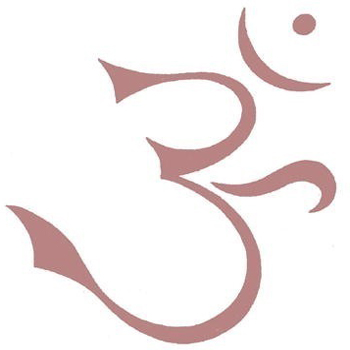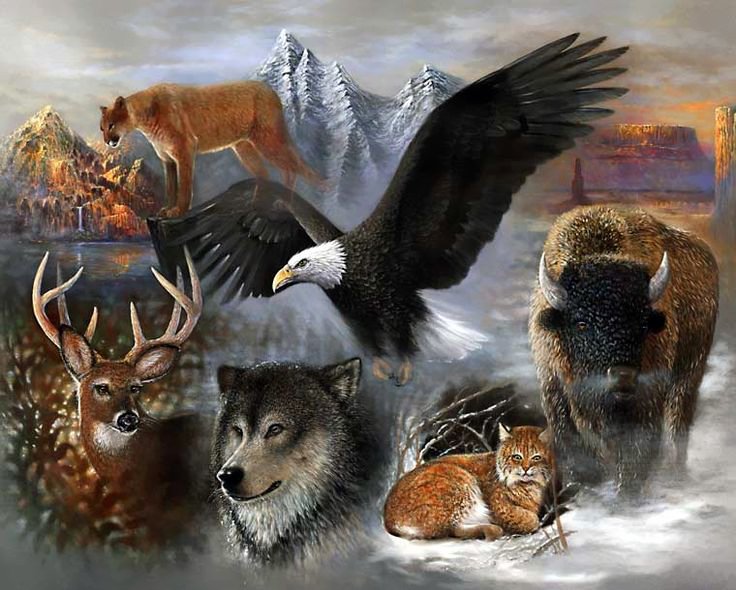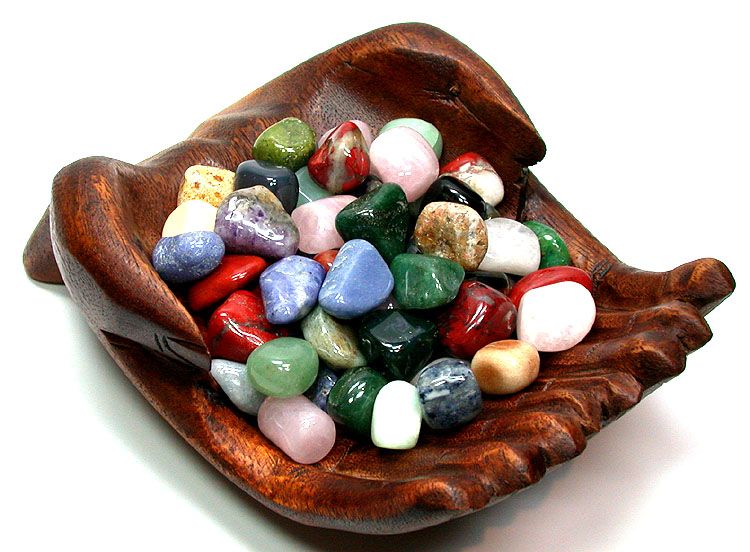Scriptures, Symbols and Festivals - Part 6
- Details
- Written by AndEl

BUDDHIST SCRIPTURES, SYMBOLS, AND FESTIVALS
BUDDHIST SCRIPTURES
The Dharma reveals the Buddha's understanding of life. The Buddha instructed countless people, but he, himself, wrote nothing down, just as Jesus wrote nothing down. They both lived a complete life. His disciples remembered his talks and recited them regularly. These talks were collected into books called Sutras. There are many Sutras, so Buddhism does not have just a single holy book, like the Christian Bible or the Koran of Islam.
The first Sutras were written on palm leaves in Pali and Sanskrit, ancient Indian languages. They have been gathered together in a collection called the Tripitaka, which means 'three baskets'. It is divided into three parts.
-
Sutra Pitaka ~ Sutras and their explanations
-
Vinaya Pitaka ~ Rules for monks and nuns
-
Abhidharma Pitaka ~ The psychology and philosophy of the Buddha's teachings
Buddhists treat Sutras with great respect and place them on the highest shelves in the most respected areas.
![]()
BUDDHIST SYMBOLS
Buddhist symbols have special meanings that remind us of the Buddha's teachings. The main room or building is called a shrine or a Buddha Hall. In the front of this room, there is an altar. There are many beautiful things on the altar. Here are some of them:
-
Images of the Buddha
-
Traditional offerings
-
Dharma instruments
Buddha Images
Some people believe that Buddhists worship idols, but this is not true. Buddhists bow or make offerings of flowers and incense in reverence to the Buddha, not to the image. When they do so they reflect on the virtues of the Buddha and are inspired to become like him. Buddha images are not necessary, but they are helpful. The most important thing is to follow the Buddha's teachings.
There are many different kinds of Buddha and Bodhisattva images that show different qualities. For example, a statue of the Buddha with his hand resting gently in his lap reminds us to develop peace within ourselves. A statue with the Buddha's right hand touching the ground shows determination.
Traditional Offerings
Traditional offerings are to show respect to the Buddha:
-
Flowers- are offered as reminders of how quickly things change
-
Light from lamps or candles- symbolizes wisdom
-
Incense- reminds one to be peaceful
-
Water- represents purity
-
Food- reminds us to give our best to the Buddhas.
The instruments used in ceremonies and meditation are called Dharma instruments. Each instrument has a specific use. For instance, the wooden fish is hit to keep rhythm
-
Bells- gives signals in ceremonies and meditation
-
Drums-announces ceremonies and keeps rhythm
-
Gongs- announces ceremonies and activities
-
Wooden fish-keeps rhythm while chanting
The lotus flower represents enlightenment described in the poem:
The lotus has its roots in the mud,
Grows up through the deep water,
And rises to the surface.
It blooms into perfect beauty and purity in the sunlight.
It is like the mind unfolding to perfect joy and wisdom.
The Bodhi Tree
The Bodhi Tree is a pipal tree, a kind of fig tree found in India. After the Buddha attained enlightenment under this tree, it became known as the Bodhi Tree, the Tree of Enlightenment. It is located in Bodhgaya, where people visit to pay their respects to the Buddha. Although the parent tree is no longer alive, its grandchildren are still there.
The Buddhist Flag
As the Buddha sat beneath the Bodhi Tree after his enlightenment, six rays of light came out from his body and spread for miles around. The colors were yellow, blue, white, red, orange and a mixture of all the colors. The Buddhist flag was designed after these colors.
Stupas and pagodas are monuments where the relics of the Buddha and high monks and nuns are kept so that people can show their respects. These relics are jewels that remain after cremation.
![]()
BUDDHIST FESTIVALS
Buddhists have many festivals throughout the year. These festivals celebrate events in the lives of Buddhas, Bodhisattvas and famous teachers. During these occasions people can also take refuge and precepts, or leave the home life to become monks and nuns.
Buddha Day
For the Buddhist community, the most important event of the year is the celebration of the Birth of the Buddha, his Enlightenment and Nirvana. It falls on the full-moon day in May. On this day, Buddhists take part in the ceremonial bathing of the Buddha. They pour ladles of water scented with flowers over a statue of the baby Siddhartha. This symbolizes purifying one's thoughts and actions.
The temples are elaborately decorated with flowers and banners; the altars are laden with offerings; vegetarian meals are provided for all; and captive animals, such as birds and turtles are set free. This is a very joyous day for everyone.
Dharma Day
Asalha Puja, known as 'Dharma Day', is celebrated during full-moon in July. This holiday commemorates the first sermon of the Buddha to the five monks in the Deer Park at Benares.
Sangha Day
Sangha Day or Kathina Day is usually held in October. In the Theravada tradition, monks and nuns go on a three-month retreat during the rainy season. After the retreat, the laity offers robes and other necessities to them. This day symbolizes the close relationship between the Sangha and laity.
Ullambana
The observance of Ullambana is based on the story of Maudgalyayana, a disciple of the Buddha. When Maudgalyayana's mother died, he wanted to know where she was reborn. Using his spiritual powers, he traveled into the hells and found her suffering miserably from hunger. He brought her a bowl of food, but when she tried to swallow it, the food turned into hot coals.
The distressed Maudgalyayana asked the Buddha, "Why is my mother suffering in the hells?"
The Buddha replied, "In her life as a human, she was stingy and greedy. This is her retribution." He advised, "Make offerings to the Sangha. The merit and virtue from this act will release your mother and others from the hells." As a result of Maudgalyana's offering, his mother and thousands of others were released from their unhappy state. After this, making offerings to release departed relatives and others from the hells became popular in Mahayana countries. Usually, it takes place in September.
Continue reading here: Jataka Tales and Other Buddhist Stories - Part 7
Liked this article? Dive deeper into personal growth and wellness! Check out CrystalWind.ca for spiritual wisdom or explore AromaWorx.ca for natural well-being tips. Spread the positivity—share this with friends on their happiness journey!
Let’s Chat! Drop Your Thoughts Below! ![]()
Latest Articles

Imagine a world of inspiration and healing, free for all—made possible by YOU!
Donate Now—Ignite the Magic at CrystalWind.ca!

Epilepsy - Finding A Cure
Your donation can make a difference!
Help us find a cure – donate now!
Unlock Your Light: Join Lightworkers Worldwide on CrystalWind.ca!
Articles: Buddhism
Follow Us!
Featured This Month
Crystals for Virgo
As the warmth of summer begins to soften into the crispness of autumn, the Sun... Read more
The Vine: September 2nd - September 29th
The Autumnal Equinox ( Alban Elfed ) Celtic Symbol : The White Swan Read more
Watermelon Tourmaline
Synonym: Rainbow Tourmaline The watermelon tourmaline is a rare variety t... Read more
Mabon in Modern Times: Fresh Takes on the Au…
The Mabon season begins somewhere around the 21st-22nd of September and cont... Read more
Peridot: The Healer's Stone
Peridot has been used as a Power Stone for centuries. Peridot fosters emotio... Read more
Sweet Violet
Sweet Violet Faithfulness and modesty. “I will always be true to you.” Helps... Read more
Mabon Magic: Ideas For Fall Decoration And R…
Welcome (almost!) to Fall! We’re turning the Great Wheel once again, toward ... Read more
Sun in Virgo
An Overview of Sun Sign Characteristics for Virgo Virgo is guided by Mercur... Read more
Virgo Mythology
The Virgo Myth In all of constellation mythology, few legends are as misund... Read more












































